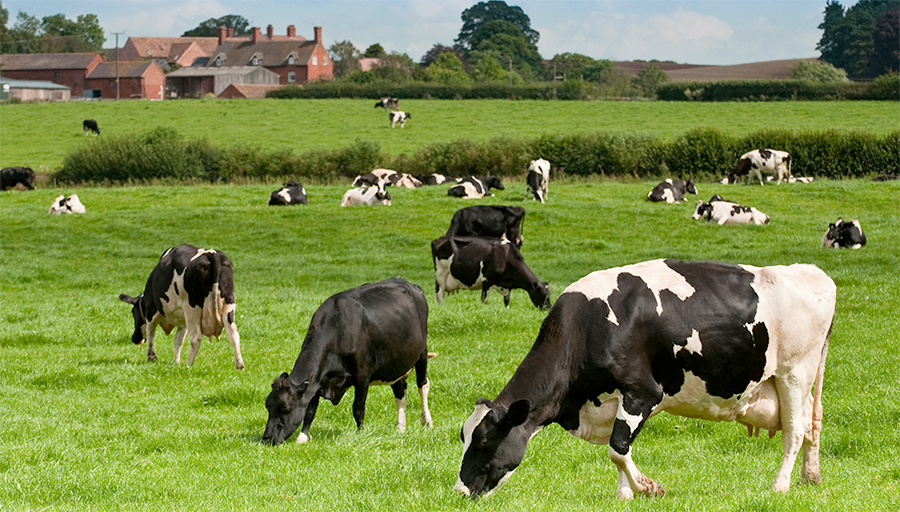
Controlling bovine TB extends beyond 'simply excluding badgers' as larger herds along with other methods of intensive farming are leading to a higher risk of herds contracting the disease, according to a new study.
The University of Exeter report collected data from around 500 farms which suffered from TB breakdowns.
Farms that had herds of more than 150 cattle were reported to be 50% more likely to suffer a TB outbreak than those with fewer cattle.
It was also reported that farms feeding maize and silage, and those which removed hedgerows were also at risk.
Dr Fiona Mathews, Associate Professor in Mammalian Biology, who led the study, said: "TB is absolutely devastating for farming, and it's essential that workable solutions are found. In the worst hit areas, farms are frequently affected over and over again with crippling consequences. If lower intensity production means better animal health, it offers a sustainable long-term strategy in high risk areas."
The scientists said controlling TB in cattle 'extended beyond simply excluding badgers' from areas with cattle herds. Increased density of hedges and the presence of buffer strips on field margins have been linked with reduced risk of bTB in cattle herds.
The risk of bTB breakdown increased on farms with greater areas of deciduous woodland, maize, marsh and rough pasture, and in herds that were larger, fed silage and were dairy units.
The risk decreased on farms that had a greater percentage of hedges in boundaries, that grazed cattle on fields that had been cut for silage or hay and had greater numbers of cattle moving off the holding.
Dr Mathews said: "Farmers are already aware that biosecurity in the farmyard can help reduce the risk of bTB in cattle. We have now shown that wider environmental management is also important. By finding out more about these links, we hope that we can help eradicate this terrible disease."
The report said it was vital for food security that holistic approaches to bTB control are implemented.
"These need to consider landscape composition, herd management and the use of the environment by badgers. They must also be tailored to the local situation. For example, the 70% increase in risk of breakdown observed for every 10 ha of marsh area in the TB99 study may be linked with exposure to liver fluke which can affect the sensitivity of bTB tests."
